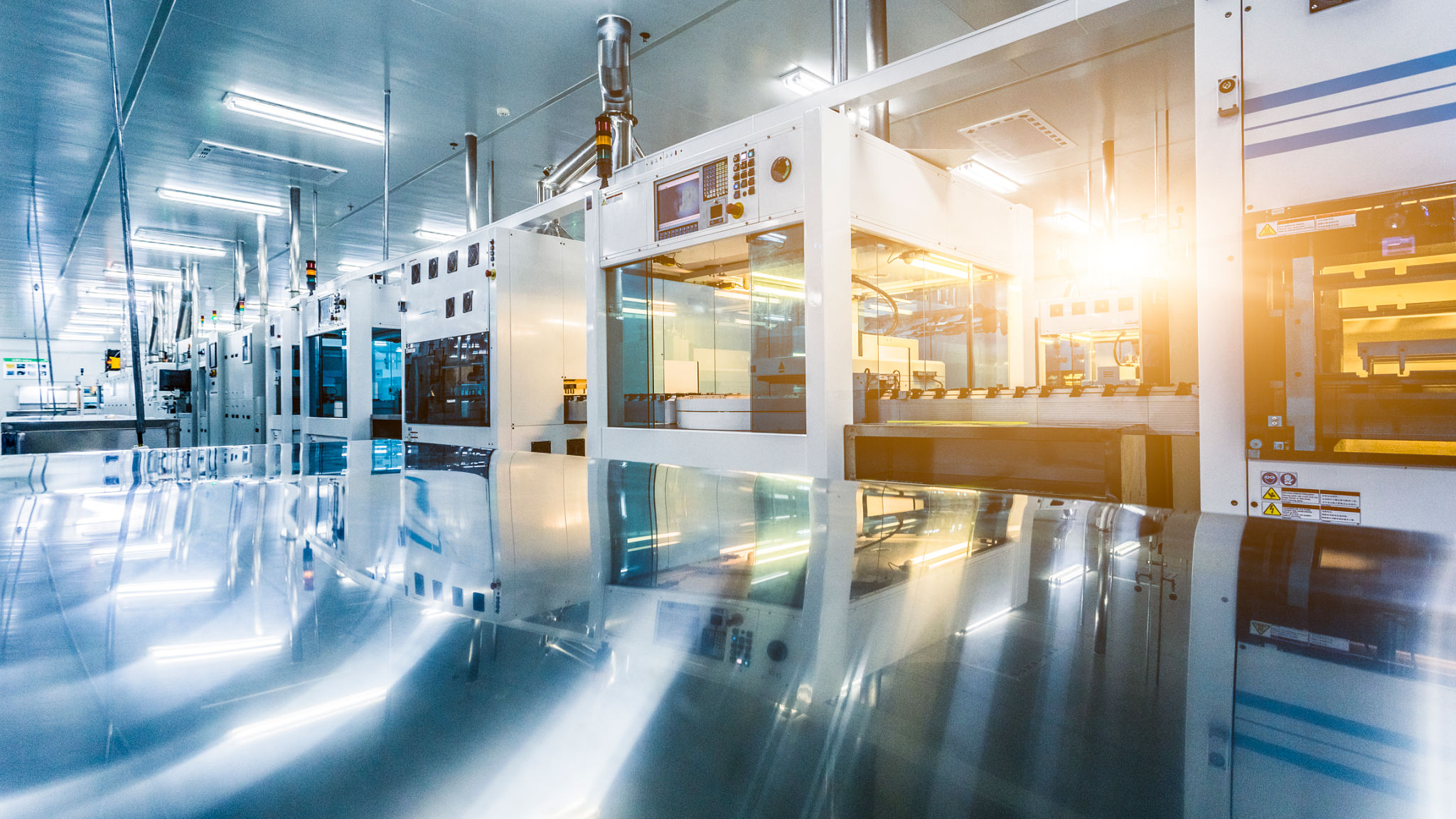The Importance of Automation for Surface Treatment: A Local Perspective
Introduction to Surface Treatment Automation
In today's rapidly advancing industrial landscape, automation is no longer a luxury—it's a necessity. This is particularly true in the field of surface treatment, where precision, efficiency, and consistency are paramount. Local businesses, especially those involved in manufacturing and production, are increasingly recognizing the importance of incorporating automation into their processes to stay competitive.
Surface treatment involves the application of various processes to improve a material's appearance, adhesion, corrosion resistance, or other properties. Traditionally, these processes have been labor-intensive and time-consuming. However, with the advent of automation technology, the industry is witnessing a transformative shift.

Benefits of Automation in Surface Treatment
One of the primary advantages of automation in surface treatment is the enhancement of process efficiency. Automated systems can operate continuously without breaks, leading to a significant increase in production rates. This is especially beneficial for local businesses aiming to scale operations without proportionally increasing labor costs.
Moreover, automation improves consistency and quality. Human error can lead to inconsistencies in surface treatment, affecting product quality. Automated systems ensure uniform application of treatments, reducing variability and enhancing product reliability.
Another benefit is the reduction in labor costs. By automating repetitive tasks, companies can redirect their workforce to more strategic roles, fostering innovation and growth within the organization.

Environmental and Safety Considerations
Automation in surface treatment also contributes to better environmental practices. Automated systems are typically more efficient in resource usage, reducing waste and minimizing environmental impact. For local businesses committed to sustainability, this is a significant advantage.
Additionally, automation enhances workplace safety by reducing human exposure to hazardous materials and environments. Automated systems can handle dangerous tasks with precision, ensuring a safer working environment for employees.

Challenges and Local Implementation
Despite its many benefits, the implementation of automation in surface treatment is not without challenges. The initial investment in automated systems can be substantial, which may be a hurdle for some local businesses. However, the long-term savings and benefits often justify the upfront costs.
Another challenge is the need for skilled personnel to maintain and operate these automated systems. Local businesses must invest in training their workforce to ensure successful integration and operation of new technologies.
Case Study: Local Success Stories
A number of local companies have successfully integrated automation into their surface treatment processes. These businesses have reported increased efficiency, improved product quality, and enhanced competitiveness in the market. By sharing their experiences, they provide valuable insights for other local businesses considering automation.
In conclusion, automation is revolutionizing the surface treatment industry. For local businesses striving to remain competitive and sustainable, adopting automation is a crucial step forward. As technology continues to evolve, those who embrace these advancements will undoubtedly lead the way in innovation and efficiency.
